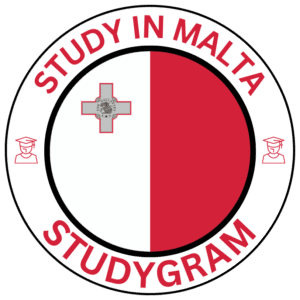
Why Augmented Reality Enhances Language Acquisition
The latest study from the University of Malta showcases how Augmented Reality (AR) can transform the way children learn a second language. By combining immersive visual elements with interactive storytelling, the technology taps into several proven learning mechanisms: multimodal stimulation, situated practice, and authentic task‑based communication.
Constructionist Pedagogy Meets AR
Dr. Lawrence Farrugia Caruana’s paper, co‑authored with European colleagues, adopts a constructionist framework. Students aged 10‑12 are not passive recipients of language input; instead, they become creators of narrative content that they will later present in a virtual environment. The act of constructing an AR story requires:
- Retrieval of vocabulary and grammatical structures.
- Planning and sequencing of events.
- Technological literacy through simple authoring tools.
- Collaborative feedback from peers and instructors.
This cyclical loop of create‑reflect‑re‑create strengthens knowledge retention and encourages metacognitive awareness.
The Erasmus+ CARS Project: Children as Creators
The project, titled Children as Creators of Augmented Reality Stories (CARS), is funded by Erasmus+ under the grant number 2023‑1‑MT01‑KA220‑SCH‑000154134. By engaging learners across Italy, Cyprus, Spain, and Mexico, the initiative demonstrates that multilingual contexts can be bridged through shared AR experiences.
Key Findings from the ETH Zurich Presentation
During the Constructionism 2025 Conference at ETH Zurich, the research team highlighted three major outcomes:
- Increased motivation. Students reported higher enthusiasm for practicing target language when they could see their scenes come to life.
- Improved comprehension. Assessments showed a 15% average rise in contextual vocabulary usage compared to traditional methods.
- Enhanced creative expression. Learners produced more complex narratives, indicating deeper syntactic and semantic understanding.
The presentation also underscored the scalability of the AR authoring platform, which runs on common devices such as tablets and low‑cost AR headsets.
How to Apply AR in Your Classroom
Educators looking to integrate AR into language curricula can follow a guided implementation plan:
- Select a theme. Choose a story prompt that aligns with the current unit—e.g., a marketplace scene for shopping vocabulary.
- Introduce AR tools. Use user‑friendly applications like Adobe Aero or Unity with AR Foundation to build 3D models.
- Facilitate student creation. Assign tasks where learners design characters, dialogues, and interactive hotspots.
- Share and reflect. Organise a gallery walk where learners present their AR story and receive peer feedback.
By anchoring language learning in the act of creation, teachers can foster authentic communication skills and promote digital competency.
Download the full research paper to examine methodology, data, and detailed recommendations.
Explore the CARS Project Portal
For those interested in the broader body of work behind the study, the CARS Project website hosts resources, sample AR stories, and educator guides. It provides an open‑access catalog for teachers seeking ready‑made templates and best‑practice documentation.
Visit the CARS Project portal and discover how you can adapt the approach for your own student cohort.
Future Directions and Collaboration Opportunities
Dr. Farrugia Caruana’s research has sparked several new avenues:
- Extending the age range to include early primary learners and late secondary students.
- Testing the impact on receptive versus productive language tasks.
- Integrating speech recognition to automate pronunciation feedback.
Given the cross‑border nature of the Erasmus+ partnership, there is an open invitation for schools in Malta, Cyprus, Spain, Mexico, and beyond to join upcoming workshops and pilot sessions.
Contact us for partnership proposals and learn more about collaborative grant opportunities.
Conclusion: AR as a Catalyst for Meaningful Language Learning
The University of Malta’s contribution to the ETH Zurich conference demonstrates that Augmented Reality, when framed within a constructionist paradigm, can significantly enhance language acquisition outcomes for young learners. By giving students ownership of their learning journey—through story creation, technological exploration, and peer interaction—educators can move beyond rote memorisation and nurture lasting communicative competence.
We encourage schools worldwide to explore AR‑based language projects. Embrace the technology, empower learners to create, and witness the measurable benefits.
Download the full research paper now.
Explore the CARS Project and start creating AR stories.
Apply for our Erasmus+ program and collaborate on future projects.

